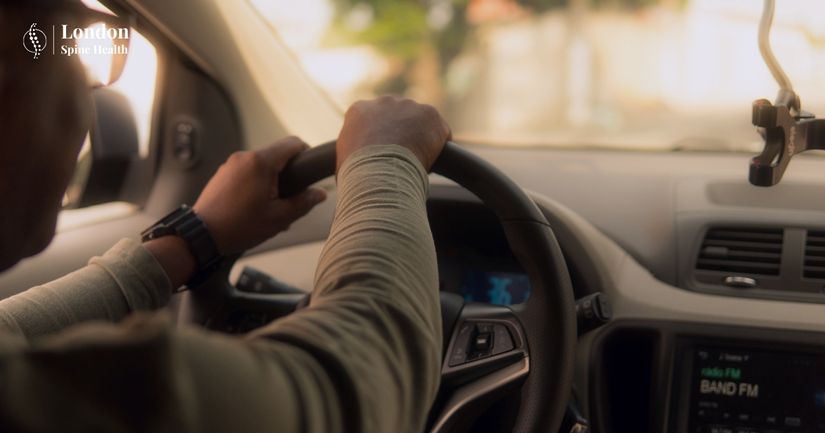Introduction: Why Being Careful Matters
Robotic minimally invasive spine surgery offers faster recovery, smaller incisions, and less pain than traditional surgery. But even with these advantages, your spine still needs time to heal. Knowing which activities to avoid can prevent setbacks, protect your recovery, and help you get back to normal life more quickly.
1. Heavy Lifting (Even Grocery Bags Count!)
After spine surgery, avoid lifting anything heavier than 5–10 pounds in the early weeks.
- Why: Lifting puts pressure on your spine and can strain the healing tissues.
- Safer alternative: Ask for help with shopping or split heavy loads into smaller bags.

2. Twisting and Bending Movements
Movements like reaching down to tie shoes, twisting to grab something, or vacuuming can put stress on your spine.
- Why: Even small twisting motions can delay healing.
- Safer alternative: Use slip-on shoes, long-handled tools, and bend at your knees instead of your back.
3. High-Impact Exercise or Sports
Running, jumping, tennis, and other impact-heavy activities are off-limits in the early recovery period.
- Why: These movements shock the spine and may damage the surgical site.
- Safer alternative: Short walks, gentle stretching, or exercises approved by your physiotherapist.
4. Sitting for Too Long
It might feel easier to rest in a chair or sofa, but sitting for long periods can stiffen your spine.
- Why: Sitting increases pressure on the lower back.
- Safer alternative: Alternate between sitting, standing, and short walks every 30–45 minutes.
5. Driving Too Soon
Driving requires twisting, braking, and quick reflexes. Pain medications also impair reaction time.
- Why: It’s unsafe both for your recovery and on the road.
- Safer alternative: Wait until your surgeon clears you, usually 2–4 weeks post-op depending on healing progress.

6. Household Chores That Strain Your Back
Tasks like vacuuming, mopping, gardening, or lifting laundry baskets may seem harmless—but they involve bending, twisting, and lifting.
- Safer alternative: Delegate chores temporarily or break them into smaller, manageable tasks.
7. Ignoring Pain or “Pushing Through It”
One of the most common mistakes patients make is trying to return to full activity too quickly.
- Why: Pain is your body’s warning system. Ignoring it risks complications.
- Safer alternative: Follow your recovery plan and listen to your body.

When Can You Return to Normal Activities?
Every patient heals at a different pace. Most can gradually increase activity after 4–6 weeks, but full recovery may take longer depending on the procedure and your overall health. Always follow your surgeon’s personalised guidance.
Conclusion
Robotic minimally invasive spine surgery makes recovery smoother and quicker, but your actions after surgery matter just as much as the operation itself. By avoiding heavy lifting, twisting, long sitting, and other risky movements, you give your spine the best chance to heal fully.
At London Spine Health, our specialists provide tailored recovery plans to help you get back to your best safely and confidently.
